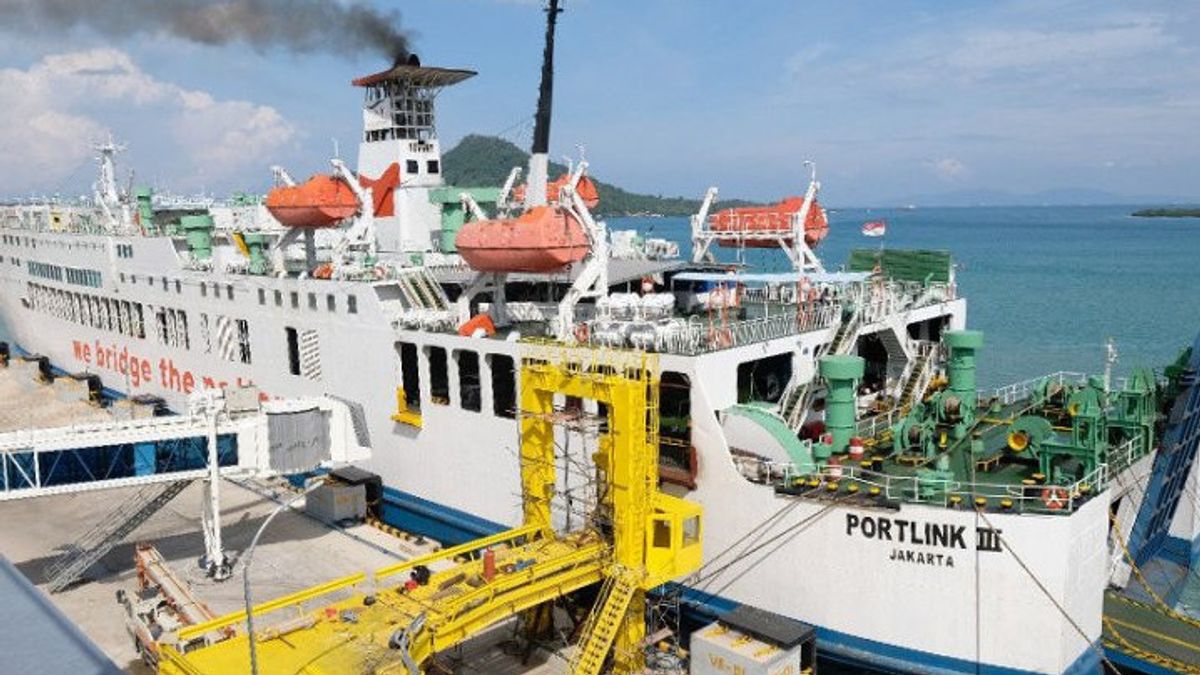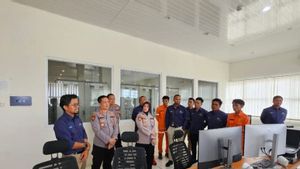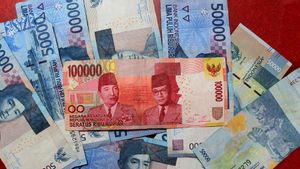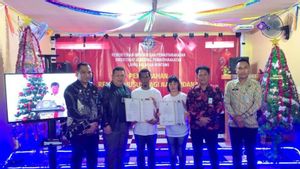JAKARTA - PT ASDP Indonesia Ferry (Persero) continues to spur the development of a green port in a sustainable manner by implementing a number of concrete steps.
This is certainly in line with the G20 Summit in Bali taking the theme Recover Together, Recover Stronger, with three main issues that require global handling, namely inclusive health, sustainable energy transition, and digital transformation.
"As a transportation company, of course ASDP is related to carbon emissions, so ASDP is committed to implementing environmentally friendly business principles in various fields, starting from management, crossings, and ships," said Corporate Secretary of PT ASDP Indonesia Ferry (Persero) Shelvy Arifin in his statement, quoted from Antara, Monday, November 21.
This green principle is also in accordance with ASDP's mission to implement environmental standards, which are sustainable and the Paris Agreement agenda, which targets Indonesia to reduce carbon emissions by 29 percent by 2030.
According to Shelvy, as an effort to realize the green port, ASDP has taken a number of steps, through its subsidiary PT Indonesia Ferry Property (IFPRO), ASDP has developed a solar panel installation or solar power plant (PLTS) at the Sosoro Executive Terminal of Merak Port, Banten, and Executive Terminal of Anjungan Agung Bakauheni Port, Lampung.
The installation of the solar panels is in collaboration with PT Surya Energi Indotama (SEI), a subsidiary of PT Len Industri (Persero) who uses the on-grid PLTS system.
"This is a form of collaboration to support government programs to achieve the net zero emission target by 2060 or sooner," he said.
The installed capacity of PLTS in Soroso Merak reaches 324 kWp and 189 kWp at Anjungan Agung Bakauheni or a total of 513 kWp.
"This installed system covers a third of the total power needs in each terminal and can still be developed again in the future," he said.
The use of PLTS also has the potential to provide savings in electricity consumption at the two ports by up to 15 percent.
In the future, ASDP plans to develop the use of PLTS in Labuan Bajo, NTT. Based on research, the Labuan Bajo area has a solar energy absorption rate of 2.4 times higher than Java Island, so the installation of solar panels will have a higher effectiveness value.
He also said that apart from PLTS, ASDP has also implemented automated electric platforms (ALMA) at ports as an effort to facilitate the use of fuel and use clean energy as an energy source for ships when leaning at ports.
A number of other green port steps are tree planting, the use of environmentally friendly air conditioning, the use of B30 biodiesel fuel, conducting periodic sea level defamation tests around ports, implementing flow meter in archesis wells, construction of sea water reverse osmosis (SWRO) technology, and integrated and integrated management of solid waste or garbage and B3.
The green port principle implementation is also added in accordance with the Minister of Transportation Regulation Number 29 of 2014 concerning Prevention of Maritime Environment Pollution. According to the regulation, every port is required to prevent pollution by completing storage facilities such as dirty oil, toxic liquid, dirt, waste, ozone-depleting materials, hazardous and toxic waste (B3), and sediment.
The English, Chinese, Japanese, Arabic, and French versions are automatically generated by the AI. So there may still be inaccuracies in translating, please always see Indonesian as our main language. (system supported by DigitalSiber.id)









